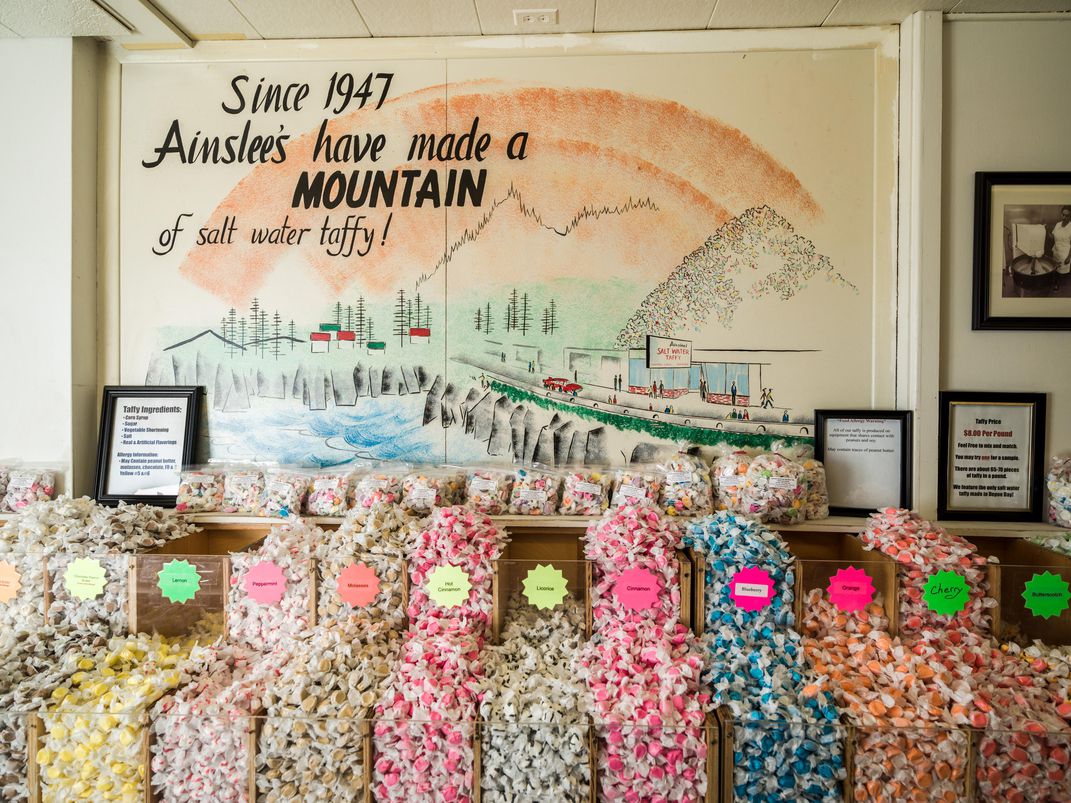Not all candy is pulled, but much of it is,” Justice William Howard Taft wrote in the 1921 Supreme Court decision Hildreth v. Mastoras. That high-profile patent dispute over rival improvements to salt water taffy pullers—the multiarmed machines that aerate the candy and give it its signature chew—shows just how lucrative salt water taffy had become since it appeared on the boardwalk at Atlantic City, New Jersey, in about 1880.
Taffy, unlike chocolate, resists melting, so it was the perfect hot weather confection for the country’s new, and booming, seaside resorts in the days before refrigeration. “Until the beginning of this century, candy was pulled only by hand,” explained Taft, the former U.S. president. “Since 1900, the art has advanced from a production of 300 pounds a day to 10,000 pounds, with the same labor.”
Today a single taffymaker can crank out five times that amount annually, and over the last century the gooey treat has become synonymous with the carefree days of summer. At antique taffy stands up and down and even between the coasts, vacationers line up for a taste of American tradition. “The pullers in the window have been in use since the 1930s, and pull taffy every day,” says Mark Igel, co-owner of The Taffy Shop in Estes Park, Colorado. “It’s like a museum that makes really good candy.”
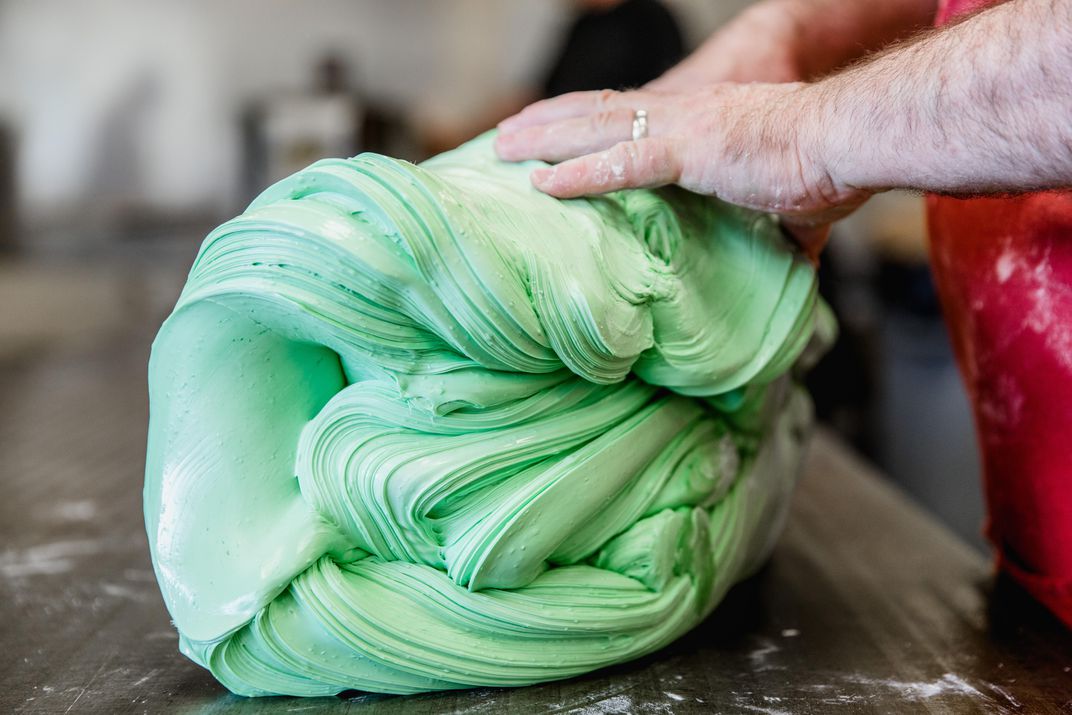
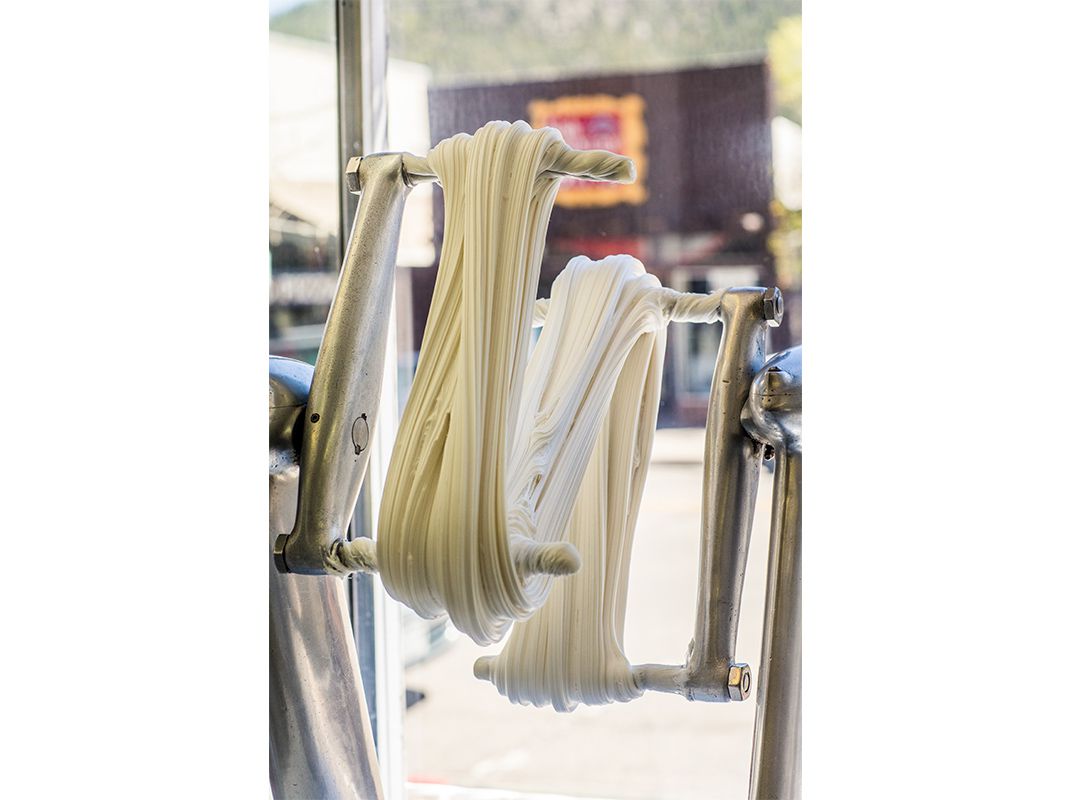
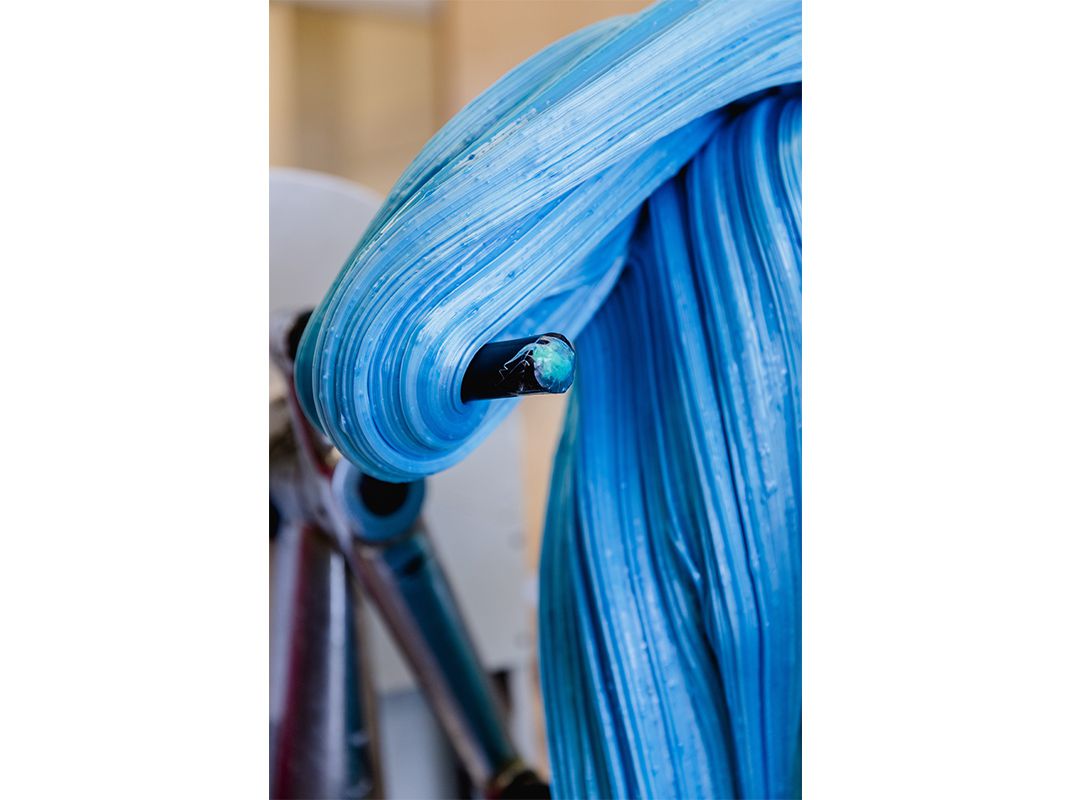
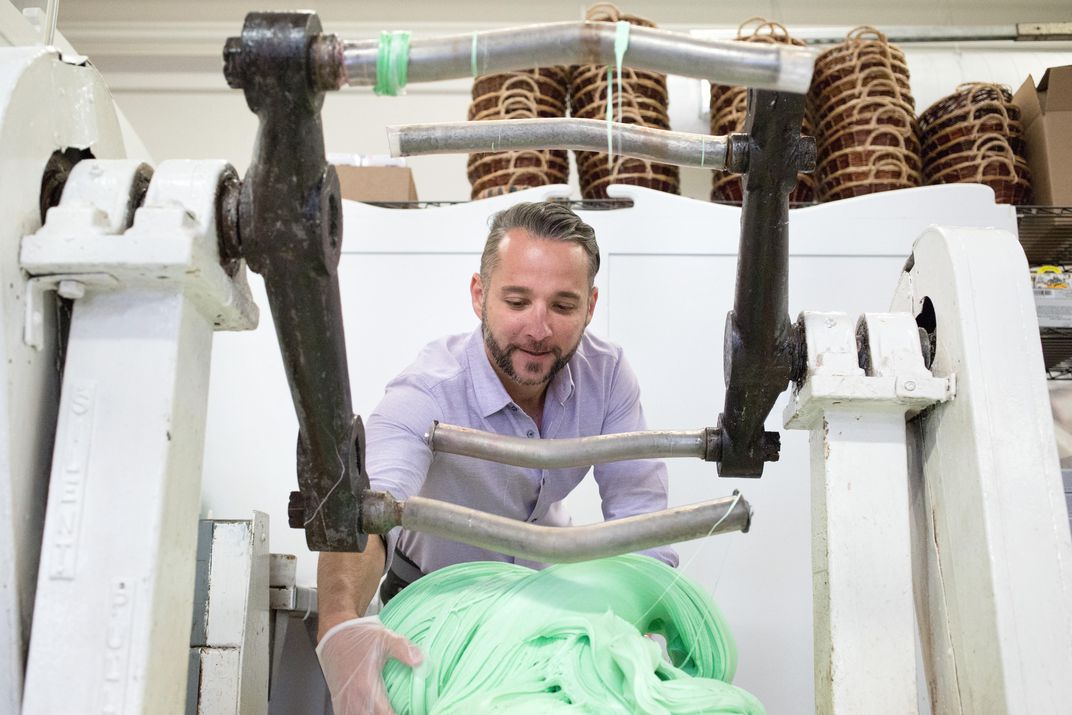
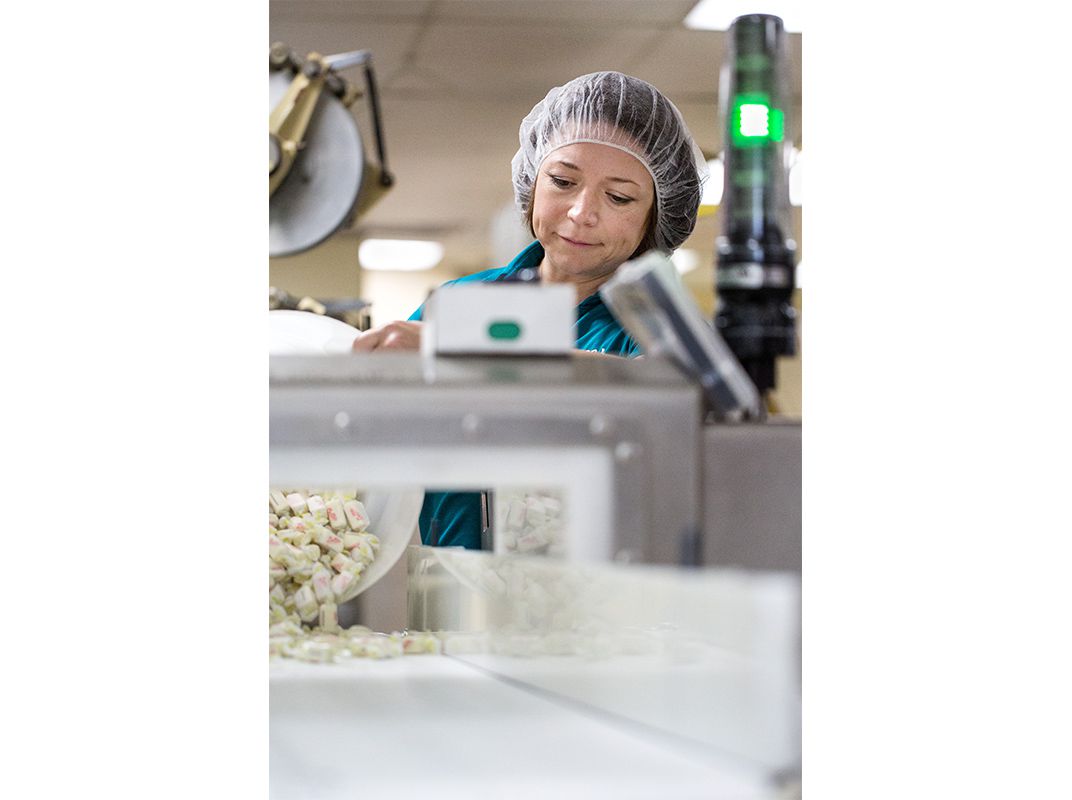
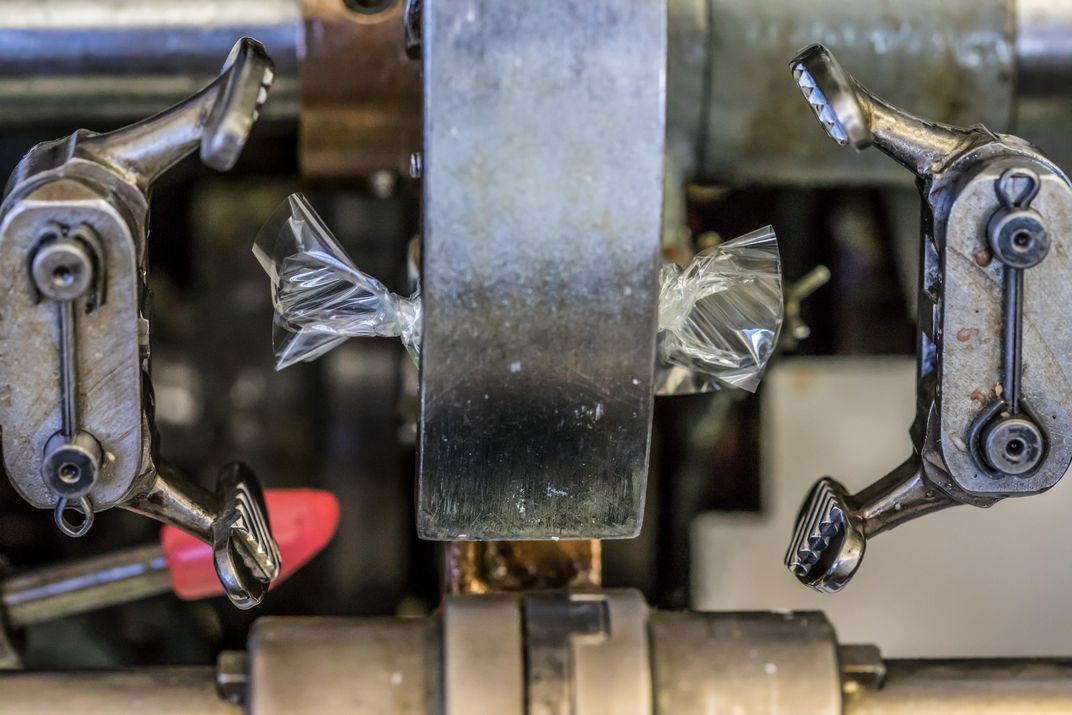
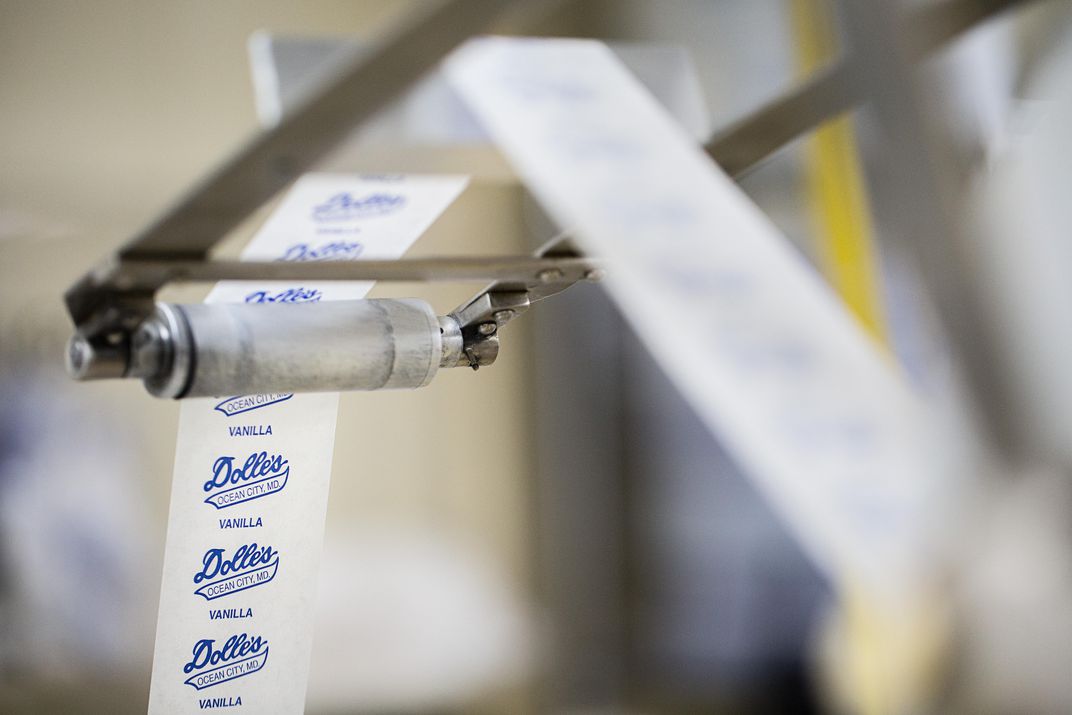
Many stands are still run by descendants of founders—or those otherwise fated to enter the trade. “When I was 12, my family took a trip up the Oregon coast,” says Daniel Shirk, who co-owns Ainslee’s Salt Water Taffy in Depoe Bay, Oregon. “I have a very distinct memory of watching my [future] father-in-law making taffy through the window of this store.” In 1915, after Herbert Haven pursued his wife-to-be from Boston to Portland, Maine, his parents, candymakers themselves, made a wedding present of the family taffy recipe. Haven’s Candies uses it to this day.
We tapped a few long-pedigreed taffymakers to share the lessons and lore of this deeply American tradition.
Anna Bushnell
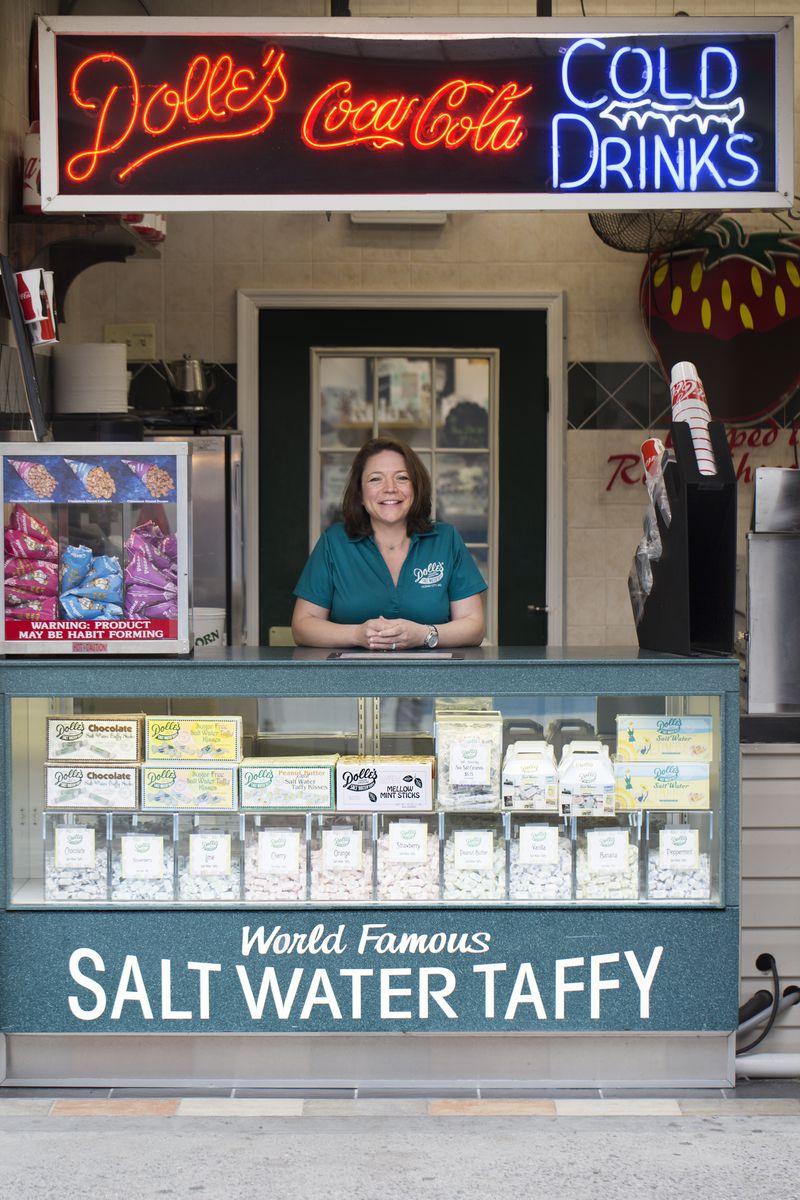
President and Co-Owner
Dolle’s • Ocean City, MD
Founded 1910
Top flavors: Peanut Butter-Filled Vanilla, Chocolate, Banana
It’s hard to say how much we sell every day, as we only make it on demand, so it fluctuates drastically. But in the busiest days in the summer, we sell upward of 1,500 pounds. It’s primarily corn syrup, sugar and then palm kernel oil. That’s really it. We use approximately 120,000 pounds of sugar a year and 225,000 pounds of corn syrup. It is temperamental, though. It has to be cooked according to the temperature and humidity. Let’s say we have a heat wave and it’s over 100 degrees outside for a week. We’ll actually make the candy harder. We cook it up a degree or two hotter, so it won’t melt.
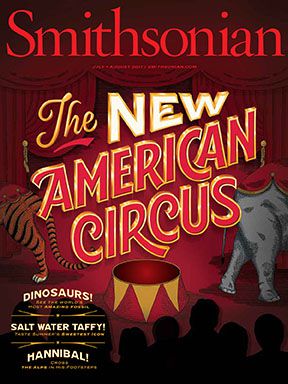
Subscribe to Smithsonian magazine now for just $12
This article is a selection from the July/August issue of Smithsonian magazine
